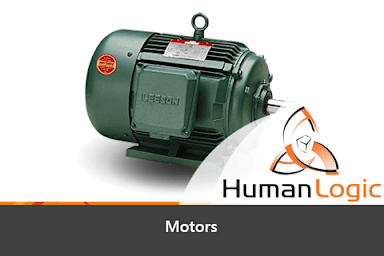
Course Overview
Most of the electric appliances around us have an electric motor inside them. For example, they are used in Hoover Dam Hydroelectric plants, in wind farm power generation, watches, boats, jet engines, etc. In the petrochemical industry, motors are important because they provide rotational force or energy to the parts of equipment thus enabling effective performance of the equipment. This module covers the applications, components, working principles, types and routines checks of motors used in the process industry.
Target Audience
Oil & Gas and Manufacturing Industries
Learning Objective
- Recognize the application of rotational force in day to day activities.
- Identify the basic concepts of motors.
- Appreciate the evolution of different energy sources to generate rotational force.
- Explain working principle of motors.
- Describe the key components of motors.
- Describe the different types of motors.
- Describe the common types of enclosures used in motors.
- Explain the types of motors used in hazardous environments.
- Describe the auxiliary components of motors.
- Explain different types of cooling systems.
- Explain the inter-relationship between different parameters.
- Explain where to find technical specifications of a motor.
- Explain different start-up methods.
- Explain the general operating philosophy of motors.
- Explain routine checks to be carried out before starting a motor after maintenance.
- Describe routine checks to be carried out during normal operation.
- List the different protections for motors.
- Explain how direction of rotation can be changed in single phase and three phase motors.
- Explain precautions to be taken before starting high capacity HT motors.
- Describe ingress protection class, insulation class and temperature class.
- Explain different duties of a motor.
- Explain the purpose of meggering.
- Describe how to troubleshoot some common problems encountered with motors.
- List the key advantages of using motors over other prime movers.







